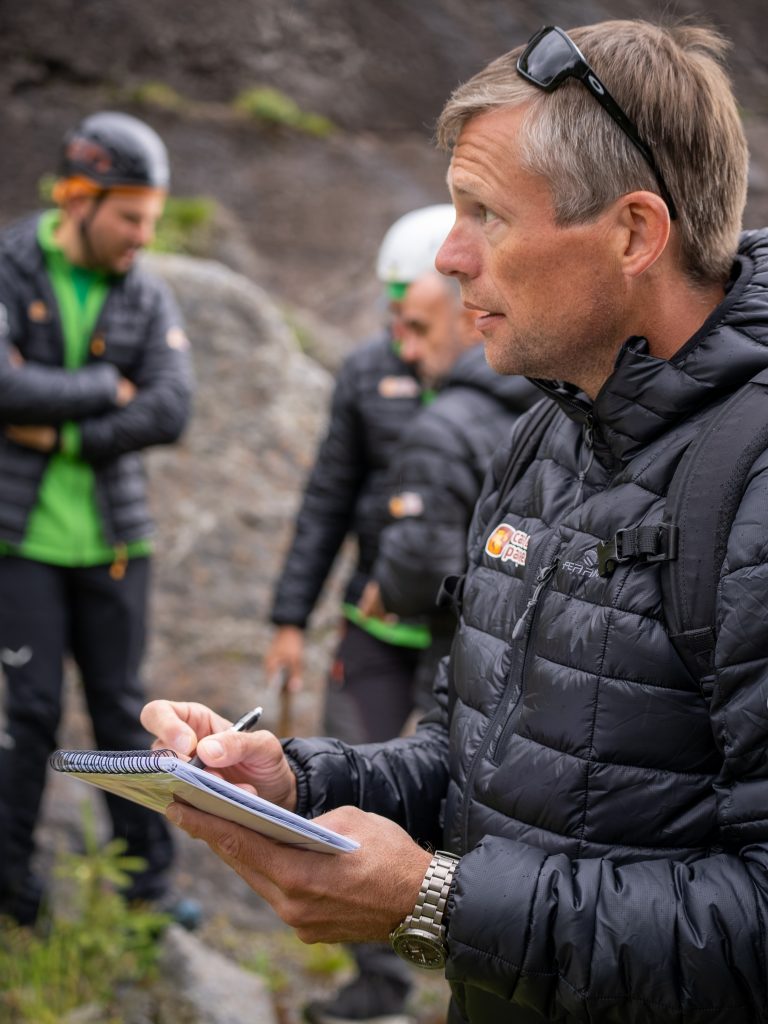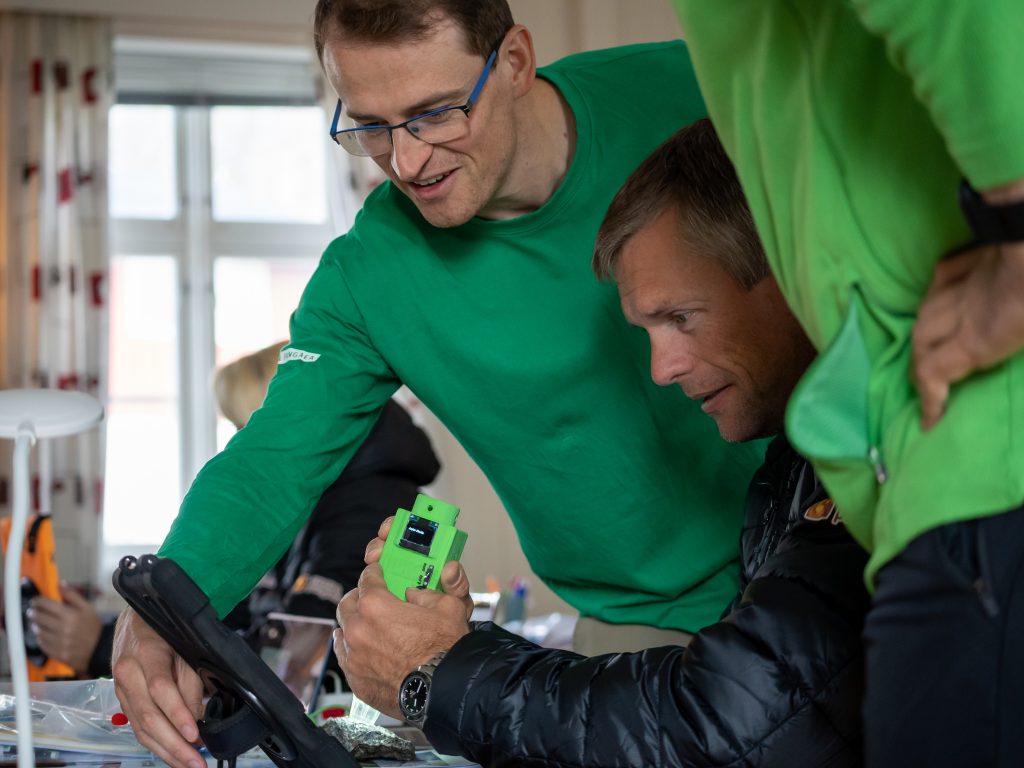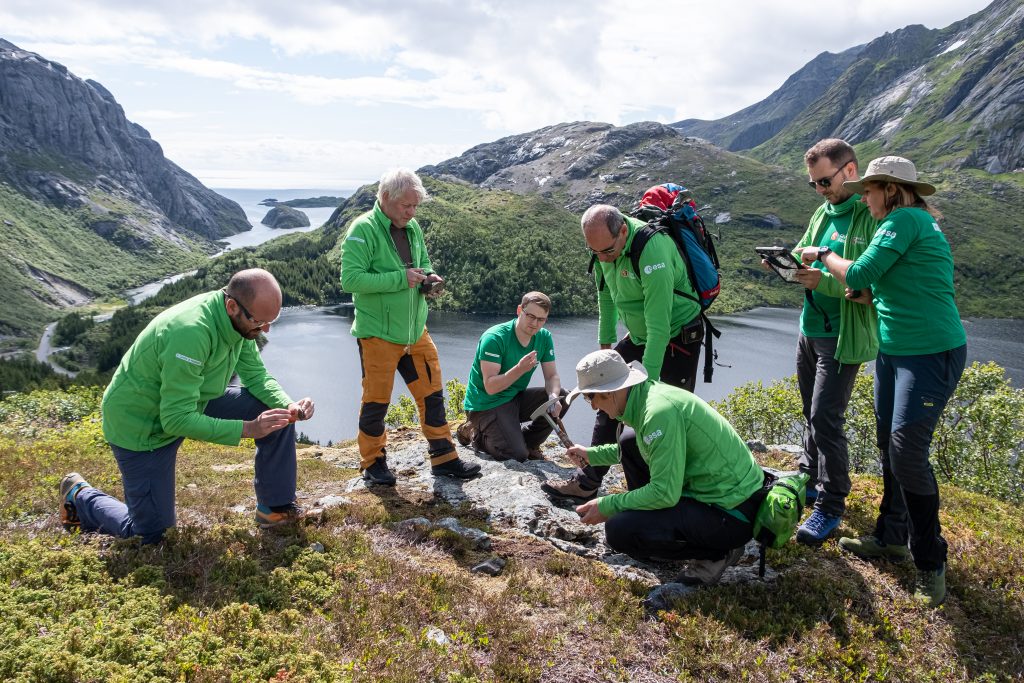This week, Andreas and Kate will study the unique geology of Lofoten, Norway as part as the fourth and final session of ESA’s Pangaea training course in 2021/2022.
The two astronauts are already accomplished geology students. During this grand rock finale, the duo will hone their lunar highland rock identification skills and learn more about the history behind them.

As part of the training, the trainees will conduct geological traverses as if they were planning an expedition on the surface of the Moon for NASA’s Artemis missions.
Scientists will discuss their objectives with Andreas and Kate, and evaluate their field excursions using geological maps and satellite multispectral images. In the field, the astronauts will use the Electronic Field Book to document their findings and link them to scientific objectives.

The training will allow them to analyse features observed from satellites and investigate on the field crucial details to unravel the region’s history. “Andreas and Kate will not only build a geological story of the area they explore, they will also find parallels to the geology of the Moon,” explains Pangaea’s training coordinator Samuel Payler.
A fjord like the Moon
The Moon remains a pristine record of the last four billion years of our Solar System, and Lofoten is one of the few locations on Earth to share many geological features with the lunar highlands.
The well preserved anorthosite rocks found in Lofoten are of particular interest. Norway is home to one of the best showcases of this rock on Earth, which are also found in the bright, heavily cratered regions of the Moon.

“Anorthosite is very well preserved in this corner of the world. Glaciers have polished these rocks for millions of years, meaning they are beautifully exposed to the trained eye,” explains petrology professor Kåre Kullerud, geologist and currently curator of the Norwegian Mining Museum in Kongsberg.
“Scouting this fjord is like walking on the surface on the Moon, but not only that. We can see what the lunar crust would look like under the surface. There are few other places on Earth where you can see these features exposed in such a spectacular way,” explains Francesco Sauro, Pangaea course director.
Stay tuned!

Discussion: no comments